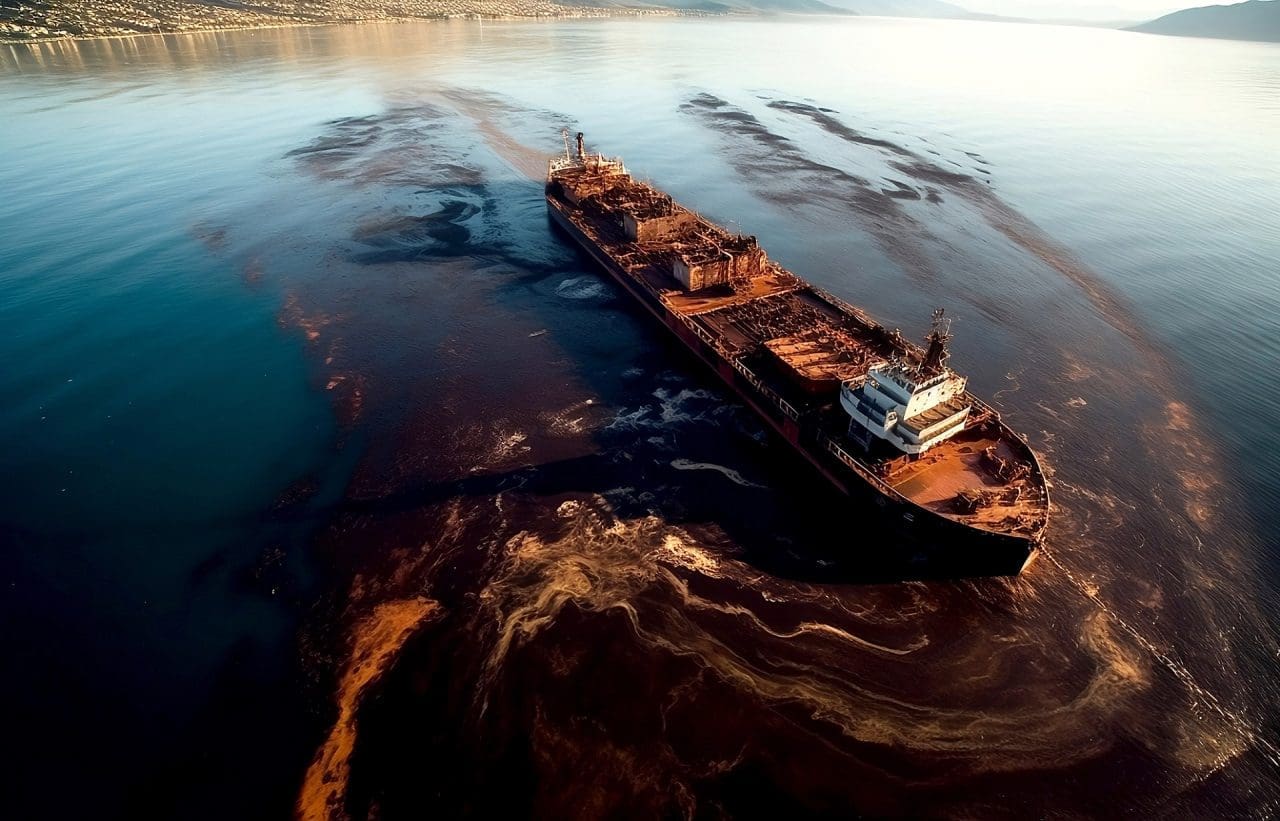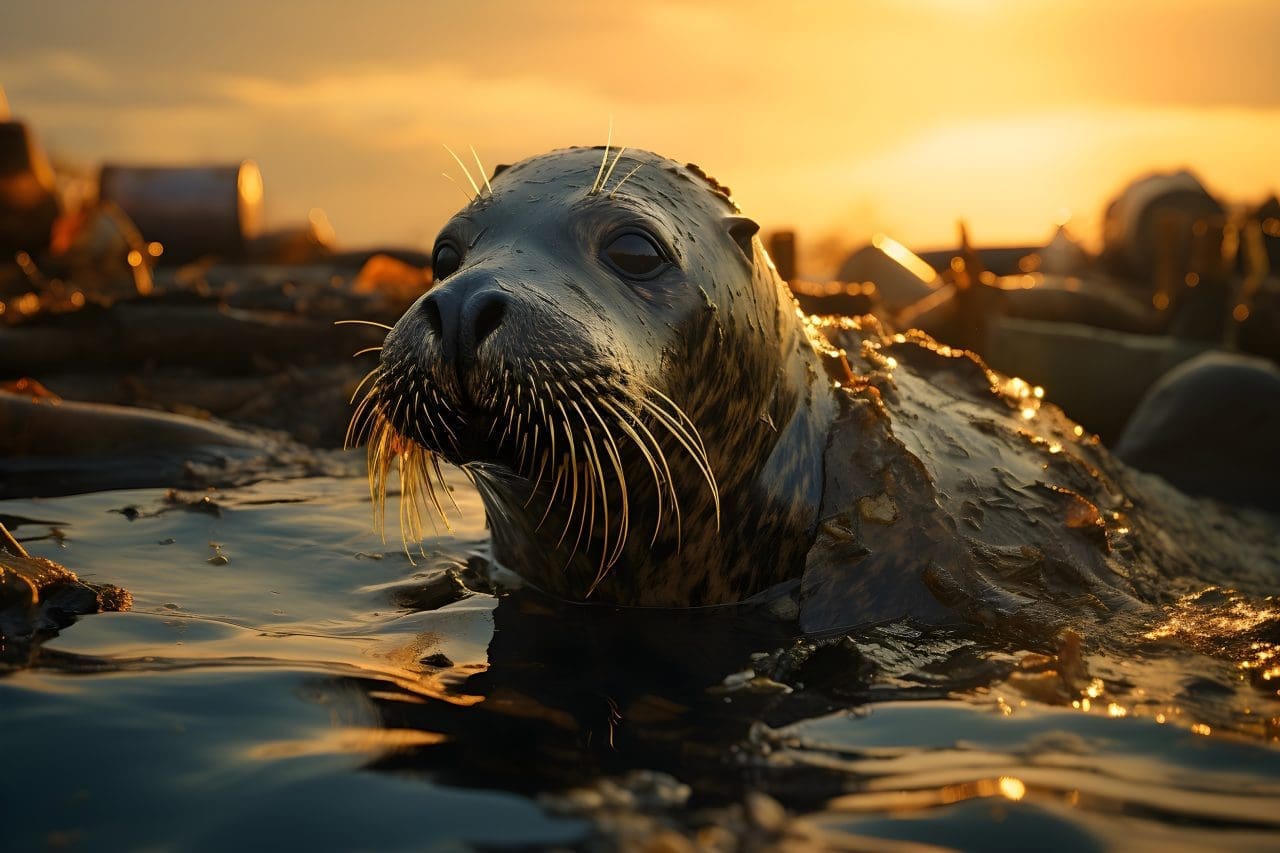Introduction
Oil spills are among the most catastrophic environmental disasters, with far-reaching impacts on marine ecosystems and particularly on wildlife. When these accidents occur, the images of oil-coated birds and marine animals are both heartbreaking and alarming. The impact on wildlife ranges from physical contamination and poisoning to long-term ecological disturbances. However, in the face of these challenges, innovation in the treatment and rehabilitation of affected animals has become a beacon of hope. This article delves into the transformation in wildlife treatment post-oil spills, spotlighting the pioneering techniques and collaborative efforts driving this positive change.
The Immediate Effects of Oil Spills on Wildlife
When an oil spill occurs, the immediate risks to wildlife are both visible and distressing. Marine birds, often the most affected, find their feathers soaked in oil, losing their waterproofing and insulation properties, leading to hypothermia. Mammals like seals and otters suffer from similar fates, with oil ingestion leading to internal injuries and fatalities. Even smaller organisms, such as plankton and fish, are not spared, as oil spills disrupt the entire food chain. The nature of these animals’ exposure to oil varies based on their habitat and behaviors, but the outcome is universally damaging, affecting not just individual creatures but entire species and ecosystems.
Historical Approaches to Wildlife Treatment
Historically, the response to wildlife affected by oil spills has been reactive and, at times, inadequate. Traditional methods of wildlife rescue and rehabilitation have included physical cleaning of animals, using detergents that themselves could be harsh, and providing basic medical care. However, these approaches often fell short in addressing the broader health implications and the long-term recovery of these animals. Furthermore, the capacity to handle large numbers of affected wildlife efficiently was always a challenge, sometimes leading to unfortunate and heartbreaking outcomes.
Innovations in Rescue and Rehabilitation Techniques
In recent years, the field of wildlife rescue and rehabilitation has seen significant advancements. New and emerging techniques have revolutionized the care provided to animals affected by oil spills. These include the development of gentler, more effective cleaning agents that minimize stress and harm to the animals during the cleaning process. Advanced medical treatments targeting oil toxicity have improved survival rates. Furthermore, innovations in rehabilitation practices, such as simulated natural environments and behavioral conditioning for release, have enhanced the success rates of reintroducing animals back into the wild.
Innovations in Rescue and Rehabilitation Techniques (Cont’d)
Advanced technologies have also been incorporated into wildlife treatment. GPS tracking and monitoring systems are now used to observe rehabilitated animals post-release, ensuring they have successfully reintegrated into their natural habitats. Specialized rescue equipment and protective gear designed to handle different species effectively without causing harm have also been developed. These innovations not only enhance the immediate rescue efforts but also contribute to the long-term well-being and survival of wildlife.
The Role of Research and Collaboration
The advancements in treating wildlife post-oil spills are largely due to ongoing research and collaborative efforts. Environmental scientists, veterinarians, and marine biologists work together to develop new and improved treatment methods. For instance, research into the effects of oil toxins on different species has led to more targeted medical treatments. Collaboration extends beyond research labs and includes wildlife organizations, conservation groups, and government agencies. These partnerships have been instrumental in pooling resources, sharing knowledge, and coordinating large-scale rescue operations more effectively.
Success Stories Stemming from Research and Collaboration
There have been numerous success stories that underscore the effectiveness of these research and collaborative efforts. One such example is the successful treatment and rehabilitation of marine birds during the recent coastal oil spill in California, where a combination of new cleaning agents and medical care significantly improved survival rates. Another example is the collaborative effort in the Gulf of Mexico, where various organizations came together to rescue and treat a large number of sea turtles affected by an oil spill.
Public Involvement and Community Education
Public awareness and involvement are critical in the fight against the consequences of oil spills. Educating the community about the impact of these spills on wildlife and how they can contribute to rescue efforts is vital. Community education programs have been developed to inform the public about the importance of protecting marine life and the ways they can volunteer or support wildlife rehabilitation efforts. Moreover, public involvement in reporting affected wildlife and supporting cleanup operations has proven essential in many instances.
Advances in Monitoring and Future Perspectives
In addition to rescue and treatment, monitoring the long-term health of rehabilitated animals is crucial. Advances in technology have led to more effective post-release monitoring, providing valuable data on the success of treatment methods and the adaptation of animals back into their natural environments. Looking to the future, continuous improvements in wildlife treatment are expected, with research focusing on even more effective and less invasive methods. The goal is to not only rescue and treat affected wildlife but also to ensure their full recovery and long-term survival.
Rescue techniques in wildlife treatment
The journey in treating wildlife affected by oil spills is an ongoing and evolving challenge. Innovations in rescue techniques, research, and collaborative efforts have brought significant improvements in the care and rehabilitation of affected wildlife. As we continue to face environmental challenges, the commitment to advancing wildlife treatment methods remains crucial. By working together and continuously innovating, we can ensure a more hopeful future for wildlife impacted by oil spills, contributing to the broader goals of environmental conservation and biodiversity preservation.
Post-Oil Spill Ecosystem Recovery: An In-Depth Analysis
The aftermath of an oil spill is a critical period for ecosystems, with the journey to recovery being both complex and prolonged. Post-oil spill scenarios necessitate a multifaceted approach to environmental rehabilitation and monitoring, underscoring the importance of comprehensive strategies in ecosystem restoration.
Immediate Response and Long-Term Recovery Post-Oil Spill
In the immediate aftermath of an oil spill, the focus is often on containment and cleanup. However, the long-term recovery post-oil spill is an equally critical aspect that requires attention. Post-oil spill, ecosystems undergo a slow healing process, where the aim is to restore the environment as close as possible to its pre-spill state. This process involves not only cleaning up the spilled oil but also rehabilitating wildlife, regenerating habitats, and monitoring the environment for any residual effects.
Assessing Environmental Impact Post-Oil Spill
Understanding the full extent of the environmental impact post-oil spill is a challenging task. It involves comprehensive assessments to gauge the spill’s effects on water quality, marine life, coastal vegetation, and overall biodiversity. Post-oil spill, environmentalists and scientists conduct various studies, including toxicity assessments and ecological surveys, to evaluate the damage and guide the recovery efforts.

Strategies for Ecosystem Restoration Post-Oil Spill
The strategies for ecosystem restoration post-oil spill are diverse and tailored to the specific needs of the affected area. These may include physical clean-up methods like skimming and in-situ burning, along with more nature-based approaches like bioremediation, where natural processes are used to degrade the pollutants. Post-oil spill, restoring habitats, such as mangroves and coral reefs, is also crucial, as these are often breeding grounds for marine life and act as natural barriers against coastal erosion.
The Role of Community and Stakeholders Post-Oil Spill
Post-oil spill, the involvement of local communities and various stakeholders is fundamental in the recovery process. Community engagement initiatives, educational programs, and collaborative cleanup efforts play a significant role in post-oil spill ecosystem recovery. These efforts not only expedite the rehabilitation process but also foster a sense of stewardship and responsibility towards the environment.
Technological Advancements in Monitoring Post-Oil Spill
Advancements in technology have greatly enhanced our ability to monitor and analyze the impact of oil spills. Post-oil spill, the use of satellite imagery, drones, and underwater sensors has become invaluable in assessing the affected areas and tracking the progress of recovery efforts. These technologies provide critical data that informs ongoing conservation strategies and helps in preventing future incidents.
Challenges and Opportunities Post-Oil Spill
Despite the advancements in response and recovery techniques, post-oil spill environments face numerous challenges. These include dealing with the long-term effects on wildlife populations, mitigating the impact on local communities, and restoring the overall health of the ecosystem. However, each post-oil spill scenario also presents opportunities for learning, innovation, and improving our resilience against future environmental disasters.














